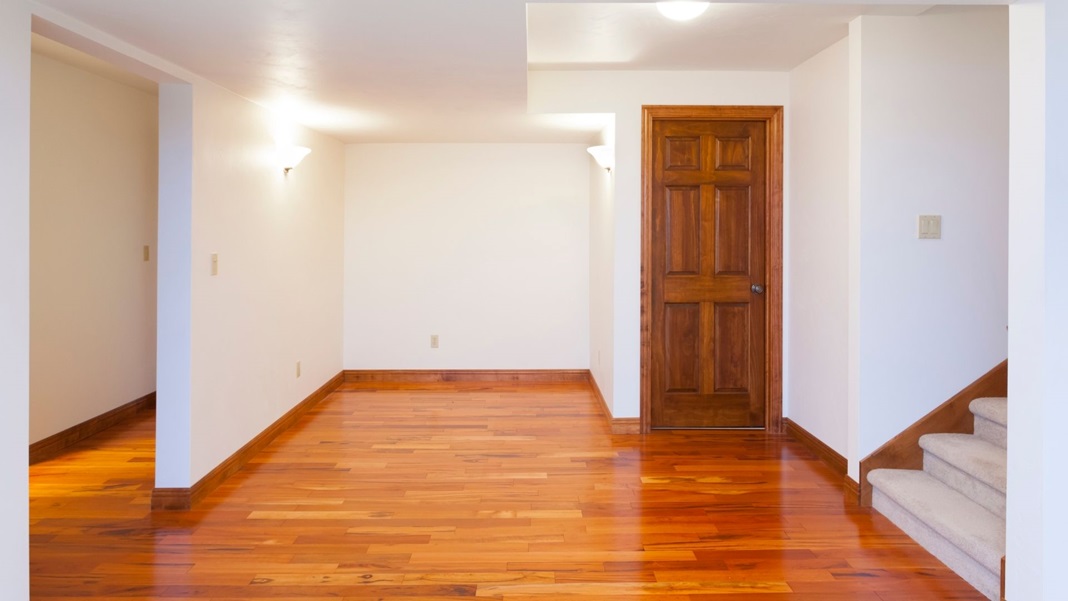Finishing your basement can be a great way to add extra living space to your home. However, it can be a challenging task if your house is older and doesn’t have the modern amenities that you’re used to. Moreover, you need to be careful about the potential hazards that come with working in an older home. In this guide, we’ll give you some tips on how to finish your basement safely and efficiently.
How to Tell if Your Basement is Suitable for Finishing in an Old House?
One of the first things you need to do before starting any work on your basement is to check if it’s actually suitable for finishing. There are a few things you need to take into account, such as the condition of the walls, floors, and ceiling. If the basement is damp, has cracks in the walls, or is otherwise structurally unsound, then it’s not going to be a good candidate for finishing.
You also need to think about the height of the ceilings. In most cases, you’ll need a minimum of seven feet of headroom in order to finish the basement. If the ceilings are lower than that, you might be able to do some limited finishing work, but it’s not going to be as functional or comfortable as a taller space.
Finally, you need to consider the layout of the basement and how you want to use the finished space. If the basement is currently just one big, open room, then you’ll have a lot more flexibility in terms of how you can use the space. However, if the basement is already divided up into smaller rooms, then you’ll need to plan accordingly and make sure that the finished space will still meet your needs.
What are the First Steps for Finishing a Basement in an Old House?
The first step is to hire a qualified contractor for basement finishing in Cumming, GA, the one who has experience working on older homes. This is someone who will be able to assess the condition of your basement and determine if it’s feasible to finish the space. They’ll also be able to give you an estimate of the costs involved and help you create a realistic budget for the project. It will also help to know whether permits are required for finishing a basement and what else you need to take care of before starting the work.
Once you’ve found a contractor that you’re comfortable working with, the next step is to start planning the actual finishing work. This is where you’ll need to decide on things like the layout of the space, what kind of flooring you want, what kind of lighting, and so forth. You’ll also need to think about any special features or amenities that you want to include in the space. For example, if you’re planning on using the basement as a home theater, then you’ll need to factor in things like soundproofing and wiring for the equipment.
Wrapping Up
With the help of this guide, we hope you’ll be able to finish your basement safely and efficiently. Just remember to take things slowly! With a little bit of planning and effort, you’ll be able to turn your basement into a functional and comfortable living space.




